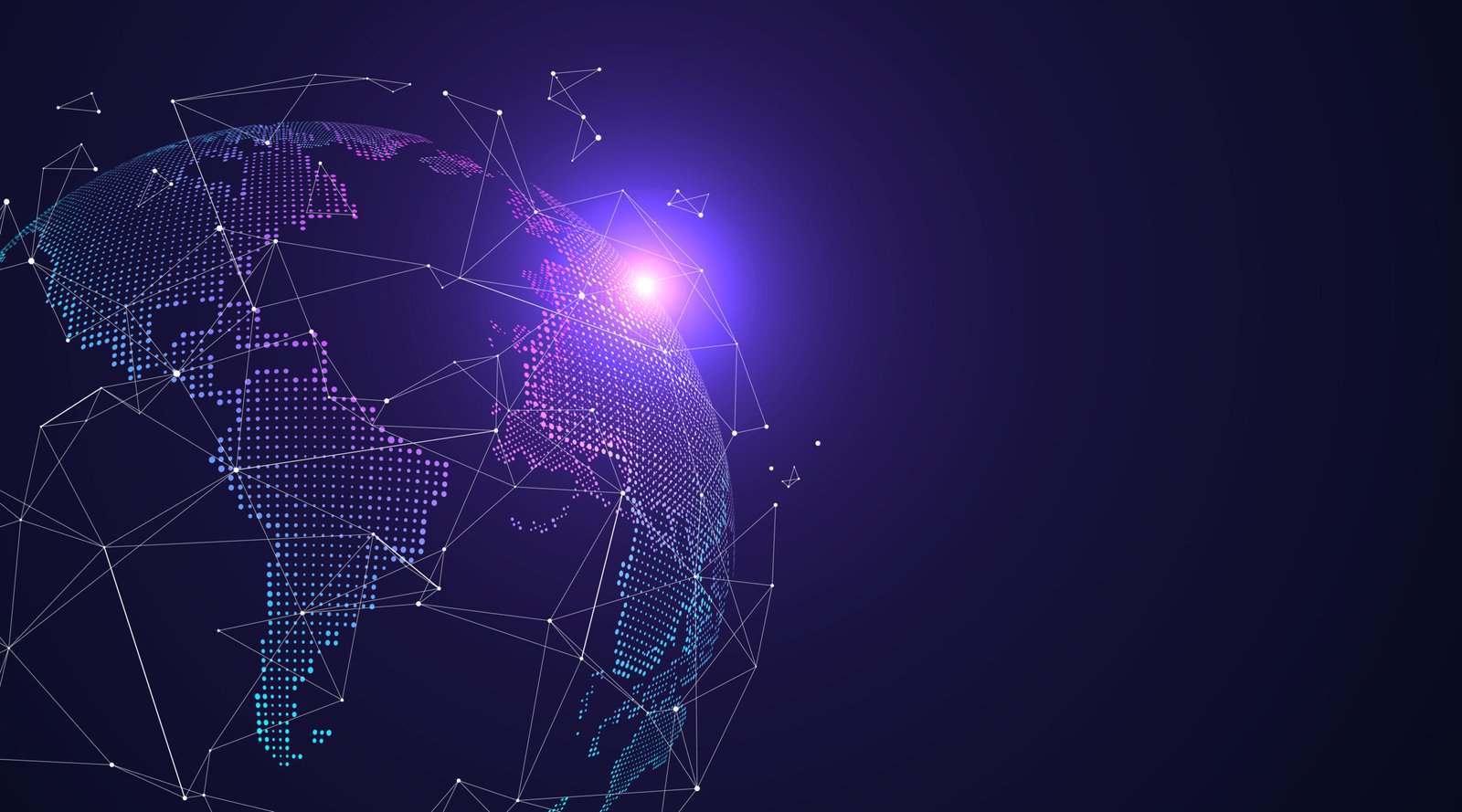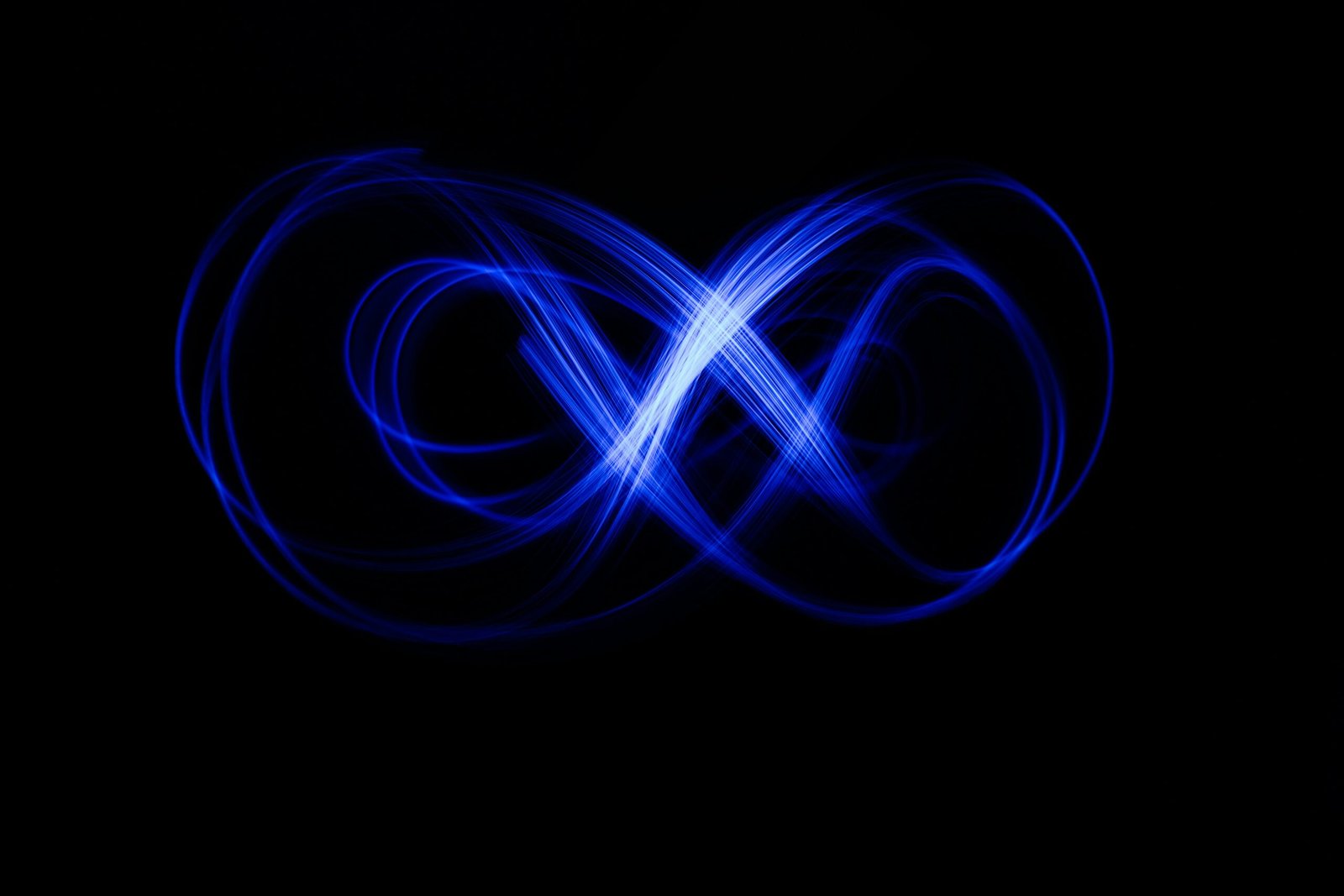
LiFi in education: shedding light on teaching
Enjoying the full benefits of digital education without latency or radio waves is no longer a pipe dream. It's a reality made possible by LiFi :

Digital technology spearheads education
Digital technology is now an integral part of school education. From kindergarten to university, the world of education has harnessed the power of digital technology for students, pushing the boundaries of learning and opening up new ways of working. From interactive games for the youngest to collaborative work tools for the oldest, and streaming content for educational purposes, the benefits of using the Internet in education are undeniable. At a time when mastery of digital tools is essential in the job market, it seems obvious that the Internet has its place in the students' curriculum.
Education, towards the end of the radio waves
If the necessity of digital technology in education is no longer to be demonstrated, particular precautions must be taken when using it. On the one hand, it is obvious that browsing must be supervised and that good practices must be taught from a very young age. On the other hand, it is necessary to limit the exposure of pupils and students to radio frequency waves coming from WiFi, still mainly used as an Internet connection technology in schools. Indeed, the impact of electromagnetic waves on health - especially that of developing children and adolescents - remains a source of concern. It is in response to the extent of these concerns over the past decade that the "Abeille" law was put in place on sobriety, transparency, information and consultation regarding public exposure to electromagnetic waves. In the framework of the principle of "sobriety of public exposure to electromagnetic fields" established by this law, it was decided that :
- Establishments offering a Wifi access to the public (town halls, libraries) must clearly mention it by a pictogram at the entrance of the establishment.
- Facilities serving children under the age of 3 are prohibited from using WiFi in reception, rest and activity areas.
- WiFi must be turned off in elementary schools when not in use for educational purposes.
Faced with these regulations, schools have had to rethink the place of the Internet in education. However, the contribution of digital technology in education must not be abandoned in order to protect students from electromagnetic waves. There is indeed a solution to this dilemma: LiFi.
LiFi and education: uncompromising connectivity
LiFi, for Light Fidelity, is an LED light-based connectivity technology that is completely free of radio waves. The result of more than a decade of scientific research, LiFi is a non-harmful, high-performance alternative to WiFi. Although it is not intended to replace WiFi, LiFi is poised to do so wherever radio waves are not desirable. Schools, because they should be safe and healthy learning spaces for the children, teens and young adults who attend them, are prime application locations for LiFi. Not only does LiFi solve the problem of electromagnetic waves, but it also has many other qualities that justify its use in education. That's why Oledcomm, a LiFi pioneer, has developed LiFiMax Education, a customized connectivity solution for the education sector.
The benefits of LiFi in education
Stable and robust connection: Unlike WiFi, LiFi allows an entire class to be connected to the Internet simultaneously without causing fluctuations in connection quality. Currently, LiFi can provide 32 students with an optimal connection with a latency of only 0.5 milliseconds. Ultra-powerful throughput: With data transmission speeds equivalent to fiber optics, LiFi allows students to take full advantage of the best digital educational resources. Discreet installation for an optimized workspace: bulky, unsightly and dangerous cable bundles have no place in the computer room of the future. To cover 100% of a 70m² classroom with LiFi, only two access points and 6 ultra-discrete photonic antennas are needed, installed in the ceiling, in the same place as the LED lighting network of the building. Unbreakable signal: Cyber security in schools is a priority. The data transmitted by the LiFi connection travels only by light, which, unlike radio waves, does not pass through walls. It is therefore technically impossible to hack a LiFi signal from outside the room where it is installed. Contact us to find out how LiFiMax Education can help you reinvent digital access in your school.
Recent articles

Categories
See some more...




